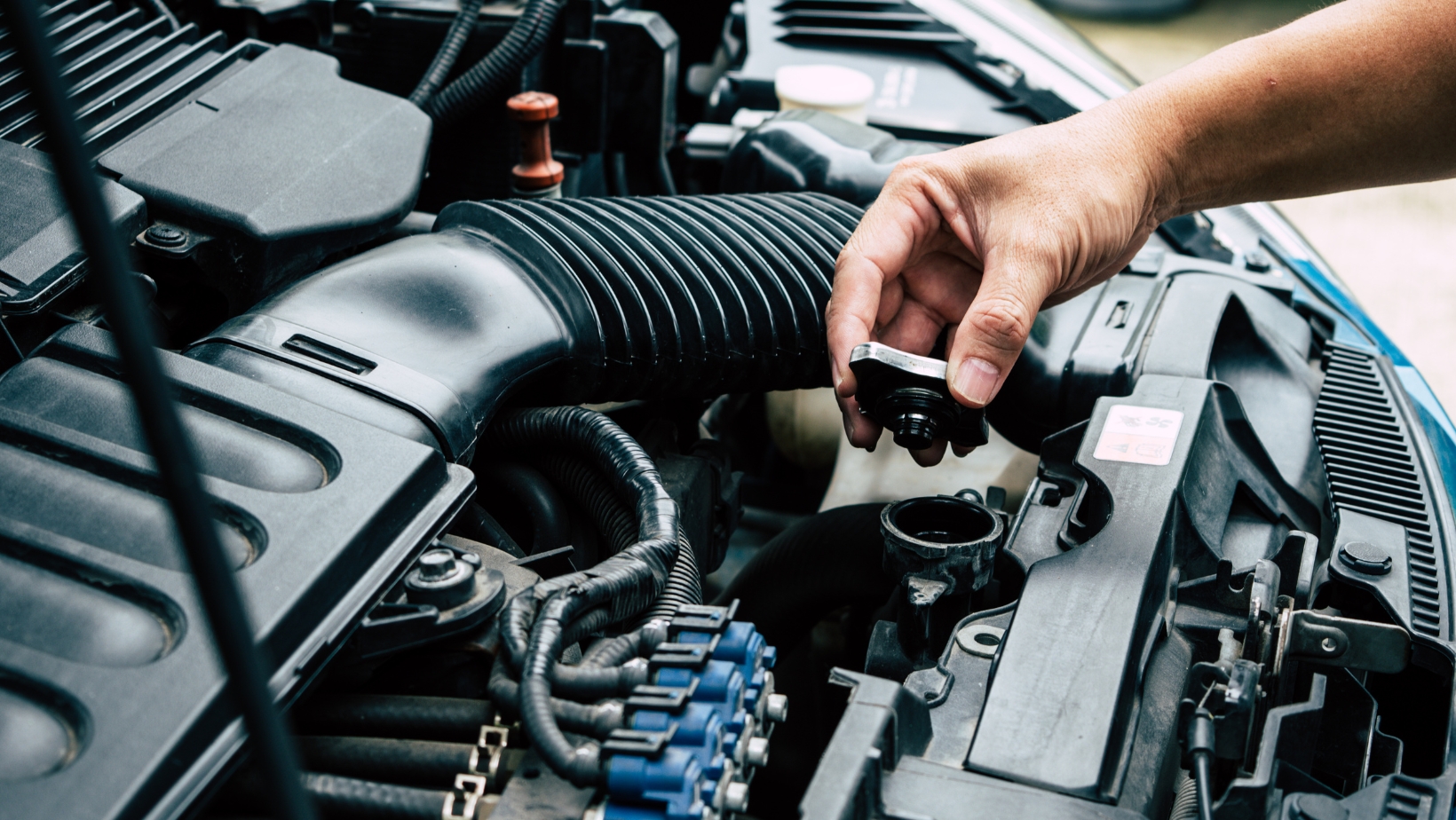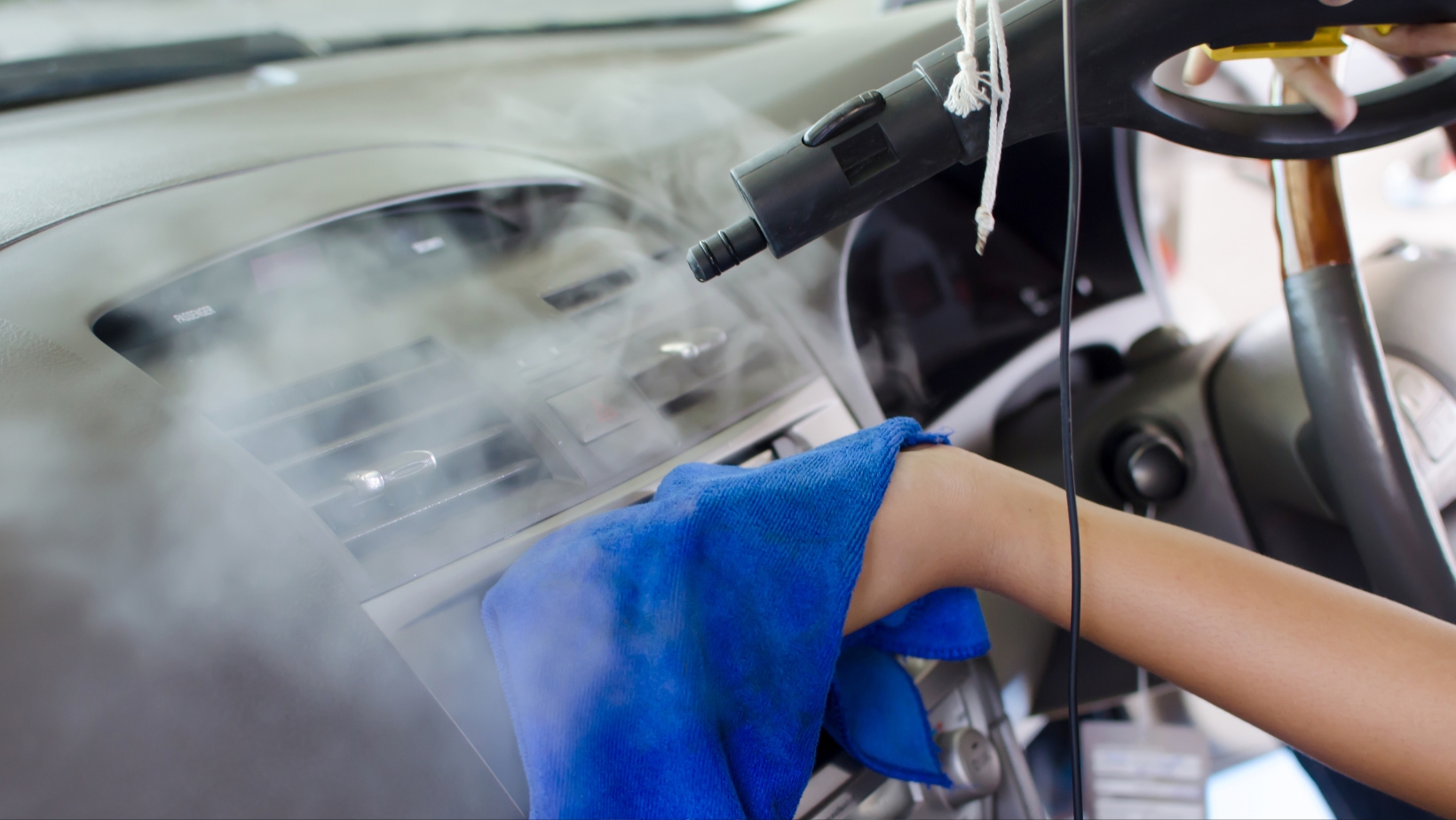When it comes to ensuring the optimal performance of your vehicle, maintaining a healthy car cooling system is crucial. The car cooling system plays a vital role in preventing overheating and safeguarding the engine from potential damage. However, like any other mechanical component, the cooling system may encounter issues that require timely repair.
One common problem that can arise with the car cooling system is coolant leaks. These leaks can occur due to damaged hoses, faulty radiator caps, or even cracks in the radiator itself. If left unaddressed, coolant leaks can lead to insufficient coolant levels and ultimately result in engine overheating. Fortunately, professional technicians have the expertise to identify and fix these leaks promptly.
Another issue that might necessitate car cooling system repair is a malfunctioning thermostat. The thermostat regulates the flow of coolant through the engine based on its temperature. A faulty thermostat can cause erratic temperature readings or prevent proper circulation of coolant, leading to overheating problems. Skilled mechanics will diagnose and replace a faulty thermostat to restore your cooling system’s functionality.
Common Signs of a Faulty Car Cooling System
Warning Lights and Gauges
One of the most common signs that your car cooling system may need repair is the illumination of warning lights or abnormal readings on your dashboard gauges. Keep an eye out for indicators such as the temperature gauge rising to the red zone or the engine coolant light coming on. These warnings suggest that there might be an issue with your car’s cooling system and require immediate attention.
Overheating Engine
If you notice that your engine is consistently running hotter than normal, it could be a clear signal of a faulty cooling system. An overheating engine can lead to serious damage if left unaddressed. Pay attention if you see steam rising from under the hood, smell a sweet odor (which could indicate coolant leakage), or experience reduced performance while driving. These symptoms indicate that your car’s cooling system isn’t effectively dissipating heat and needs professional inspection and repair.
Coolant Leaks
Another telltale sign of a malfunctioning car cooling system is coolant leaks. The cooling system relies on coolant to regulate engine temperature, so any leaks can disrupt this crucial process. Look for puddles or stains of brightly colored fluid (usually green, orange, or pink) beneath your vehicle after it has been parked for some time. Loss of coolant can lead to inadequate heat transfer and result in engine overheating if not promptly addressed by a qualified technician.
It’s important to note that these signs are not exhaustive, but they do provide key indicators that something may be amiss with your car’s cooling system. If you observe any of these symptoms, it’s advisable to have your vehicle inspected by a certified mechanic who specializes in car cooling system repair.

Car Cooling System Repair
When it comes to car cooling system repair, diagnosing the issues accurately is crucial. A malfunctioning cooling system can lead to overheating, engine damage, and costly repairs. So, how do you determine if your car’s cooling system is experiencing any problems? Here are a few steps to help you diagnose cooling system issues effectively:
- Check the Coolant Level: Start by inspecting the coolant level in the radiator or coolant reservoir. Low coolant levels can indicate a leak or other underlying problems within the system. If you notice that the coolant level is consistently low, it’s essential to investigate further.
- Look for Leaks: Inspect your vehicle for any signs of coolant leaks. These may appear as puddles underneath the car or noticeable wet spots on hoses, radiator, or water pump. Leaks can occur due to cracked hoses, a faulty radiator cap, or a damaged water pump seal.
- Monitor Temperature Gauge: Pay attention to your car’s temperature gauge while driving. If it consistently shows high temperatures or fluctuates rapidly between hot and cold, there may be an issue with the cooling system components such as thermostat or fan.
- Check for Clogs: Cooling system clogs can restrict proper flow of coolant and cause overheating. Inspect for any obstructions in the radiator fins and ensure that no debris is blocking airflow through the grille.
- Examine Hoses and Belts: Aging or worn-out hoses and belts can lead to cooling system problems as well. Look for signs of cracking, bulging, or softness in hoses and check if belts are tight and free from any visible damage.
Remember that diagnosing car cooling system issues requires thorough inspection and knowledge about various components involved in maintaining optimal engine temperature. If you’re unsure about performing these checks yourself or suspect more severe problems with your vehicle’s cooling system, it’s advisable to consult a professional mechanic for a comprehensive diagnosis and repair.








































